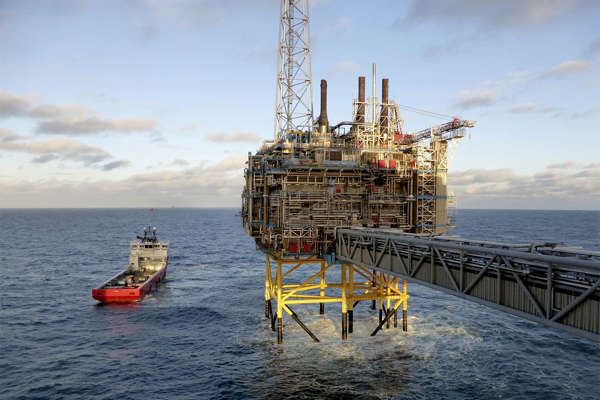
(Nerijus Adomaitis/Reuters) WTI and Brent crude prices mark first loss in 6 sessions
Myra P. Saefong and Williams Watts, MarketWatch
SAN FRANCISCO/NEW YORK
EnergiesNet.com 10 07 2022
Oil futures finished lower on Monday, with U.S. and global benchmark prices posting their first declines in six sessions, as economic data from China raised worries about demand from the world’s largest crude importer.
Prices had seen a sharp climb last week on the back of an OPEC+ decision to reduce production.
Price action
- West Texas Intermediate crude for November delivery CL.1, -1.78% CL00, -1.78% CLX22, -1.78% fell $1.51, or 1.6%, to settle at $91.13 a barrel on the New York Mercantile Exchange. The front-month U.S. benchmark contract rose over 16% last week following a 4.7% gain on Friday.
- December Brent crude BRN00, -1.56% BRNZ22, -1.57%, the global benchmark, declined by $1.73, or 1.8%, to $96.19 a barrel on ICE Futures Europe.
- Back on Nymex, November gasoline RBX22, 0.28% fell 4.1% to $2.6228 a gallon.
- November heating oil HOX22, -3.24% lost 2.6% to $3.9147 a gallon.
- November natural gas NGX22, 2.00% fell 4.6% to $6.435 per million British thermal units.
Market drivers
Analysts tied weakness in crude to the September reading of the Caixin service purchasing managers index for China released over the weekend, which fell to 49.3 versus a reading of 55 in August, dragged down by lockdowns aimed at containing the spread of COVID-19. A reading of less than 50 indicates a contraction in activity.
“China’s service sector activity contracted for the first time in four months in September, as COVID restrictions dented already weak demand,” StoneX’s energy team in Kansas City wrote in Monday’s newsletter.
Crude rose sharply last week, however, after dropping to eight-month lows in September. That rally came as the Organization of the Petroleum Exporting Countries and their allies, known together as OPEC+, agreed to cut production by 2 million barrels a day beginning in November.
Though the actual cut is expected to be around half that size, since several members were already producing below their targets, it underlined worries about tight supplies. Crude had previously been under pressure on fears aggressive rate increases by the Federal Reserve and other major central banks would spark a sharp global economic downturn.
“The cut is clearly bullish,” said Warren Patterson, head of commodities strategy at ING, in a Monday note. “However, there is obviously still plenty of other uncertainty in the market, including how Russian oil supply evolves due to the EU oil ban and G-7 price cap, as well as the demand outlook given the deteriorating macro picture.”
Related: Putin says military strikes against Ukraine were retaliation for bridge attack











